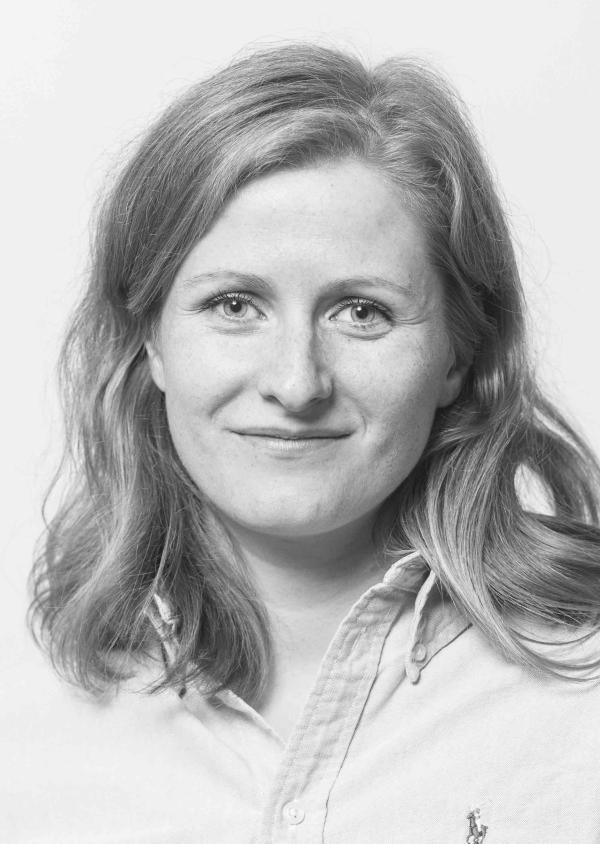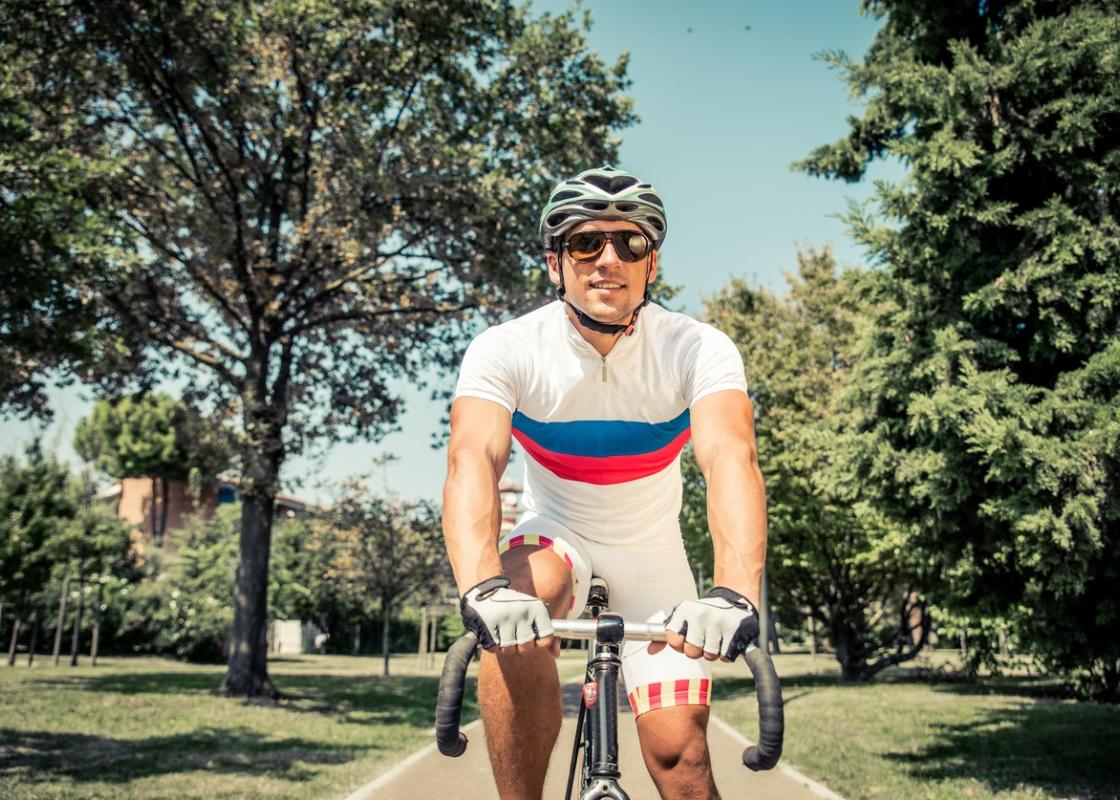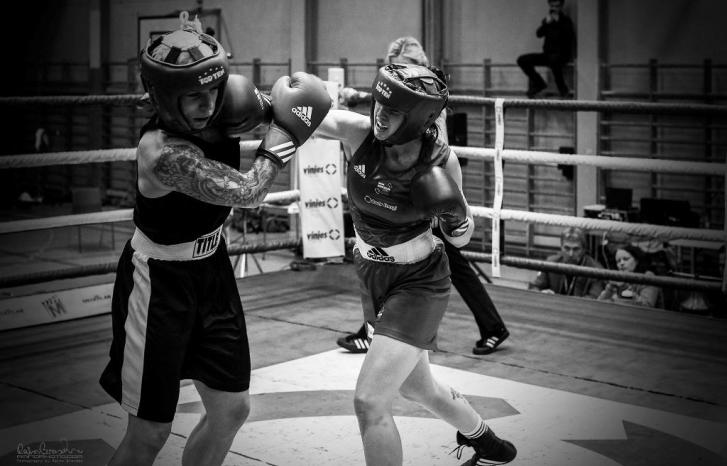“Both this and similar studies point in the direction that symbolic class distinctions often take subtle and hidden forms,” says Lisa M. B. Sølvberg.
As part of her master’s thesis work, Sølvberg conducted ten qualitative interviews with upper class men about their attitudes towards body, nutrition and physical activity. Now she has looked deeper into the topic with her academic supervisor Vegard Jarness.
The result is an article about body, class and culture, based on the famous sociologist Pierre Bourdieu’s class analysis. In his practice theory, he distinguishes between economic, cultural and social capital, in which class affiliation is not necessarily conscious or something that creates a sense of ‘us’.
‘Us and them’
A total of ten men were interviewed in the study, five of whom were from the so-called financial upper class. They were primarily directors and executives in the private business sector, with high income. The other five came from the cultural upper class and were either professors within the humanities, famous artists or leaders of established cultural institutions.

“We wanted to find out how physically active men belonging to the cultural and financial upper class perceive themselves and how they view others. The article specifically addresses body and physical activity,” says Lisa Sølvberg, who submitted her master’s thesis in sociology last year.
Sølvberg is now working as a research assistant at University of Bergen. The article ‘Klasse, kropp og kultur’ (‘Class, body, and culture’) is her first scientific publication. In order to select informants, she studied the register of tax payers for Bergen municipality.
“What particularly interested me was the symbolic distinctions the men drew between ‘us’ and ‘them’. The men I interviewed are powerful men in society within their own field. They define and provide advice, appoint and dismiss people. Therefore, I was interested to see whether their attitudes to body and physical activity might affect hiring processes,” she says.
Negative attitudes
All ten informants were physically active; some ran the marathon whereas others were active cycling or skiing. In the interviews, the men expressed clearly that physical exercise is something everyone is responsible for individually. It nevertheless became clear that they did harbour certain negative attitudes towards people who don’t work out.
Particularly healthy, well-trained bodies are generally ascribed positive qualities.
“The informants from the cultural upper class said that they emphasised formal requirements rather than training and body. According to them, there was not much room for assessing people based on looks and physical activity within their profession. In the private business sector, at least among my informants, there appeared to be more room for assessing looks and physical training.”
Positive associations
The men in the study associated more positive qualities to people who were involved with a sport of some kind. They transferred these qualities into something positive in relation to work. Thus, those who work out may have an advantage in hiring processes.
“The men who were interviewed ascribe certain qualities to people with certain types of bodies. Particularly healthy, well-trained bodies are generally ascribed positive qualities. They may typically be qualities such as ambitious, goal-oriented, disciplined and positive,” says Sølvberg.
According to Sølvberg, ‘reading’ other people’s moral character based on fitness and body has a moral dimension. When the men upgrade some bodies and downgrade others, fitness and body are used as a factor to describe what kind of person you are.
Attitudes have consequences
She adds that these attitudes are not necessarily problematic as long as they do not have any consequences. But the study implies that consequences may nevertheless occur.
“The body becomes an exchange value in hiring processes. One of the informants connected physical activity to trust. ‘If you can’t take care of your own body, what kind of trust do you instil with others?’”
The body becomes an exchange value in hiring processes.
“Can studies of attitudes involving only ten informants say anything more general?”
“You cannot generalise the findings from one qualitative study in the same way as representative, qualitative data. At the same time, there are some aspects that quantitative data are less suited to clarify. In our study we point out some interesting patterns that we believe also are present outside of our selection. This creates a foundation for further investigations,” says Sølvberg.
Class and BMI
Within the traditional quantitative research on class, scholars normally study income, education and social mobility. Within qualitative research, there has been more focus on aesthetic aspects, but body and nutrition have nevertheless not been sufficiently explored, according to Sølvberg:
“The body, and your bodily movements, is perceived as the most individual aspect of yourself. This is precisely why it is so interesting to study the body within a class perspective, which has received little scholarly attention thus far.”
Previous research has demonstrated that the higher up you are on the class hierarchy, the more physically active you are. The BMI is reduced and the health is better. This tendency is even stronger among women, but Sølvberg nevertheless wanted to interview men:
“I could of course have interviewed women too, but I wanted to limit myself to look at some factors within a study of few informants. Since men are overrepresented in upper class positions, they hold the power of definition in terms of what gives certain status, and thus they also have power in hiring processes,” she says.
Class differences in Norway
Although Norway is not the most class-divided society, the class structures are visible even here, according to Sølvberg and Jarness. The divisions can be seen through place of residence, profession, interests and cultural expressions, but also through health and fitness, they say:
“When we see such differences in a little, relatively egalitarian country such as Norway, this shows that class is important,” according to Sølvberg.
The researchers find support in other studies, which have found that physical activity and interest in sports are important for resourceful men, both privately and in professional contexts. Skiing, cycling and running are the most popular activities. Being involved in persevering, competitive sports may provide status and create a sense of community at the same time, says Sølvberg.
Among the men belonging to the cultural upper class, the competitive aspect was not as clear.
“One informant said that physical training is always positive. This is a general attitude. They don’t just talk about training as an exchange value, the present it as a personal need. ‘If I hadn’t worked out as I did, I would have hit the wall,’ one of the men says. Training is presented as something that gives them surplus energy after long days at the office.”
Among the men belonging to the cultural upper class, the competitive aspect was not as clear. As opposed to the informants from the financial upper class, they are not concerned with other people’s timings, and they are not as interested in expensive and fancy equipment.
“One of the informants, a professor, found it uncomfortable to wear cycling shoes to the office, as he thought it breached with his role as an intellectual.”
Normal weight or muscle-bound?
Although the researchers did not study specific hiring processes, the informants’ attitudes became clear through an experiment: During the interviews, the researchers showed them a range of male bodies of different shapes and sizes – from underweight to normal weight, muscular and overweight. The men were asked whom they would prefer to hire, and whom they were reluctant to hire.
“The men from the cultural upper class said that they might all be good candidates, since the body in itself does not say anything about the person. Yet a couple of them were sceptical towards appointing a man with very defined muscles. They associated this with being self-absorbed, perhaps even narcissistic. They explained this by saying that a muscular person spends much time on their own body rather than on intellectual pursuits.”
The informants presented themselves as open and tolerant, yet at the same time they expressed prejudiced attitudes.
Among the financial upper class, the informants were inclined to choose the so-called normal weights. They considered them a safe bet because they had control over their own body, according to the men.
“Doesn’t this just indicate that they choose candidates that look like themselves?”
“Yes, several studies maintain that. People often hire people who remind them of themselves, both when it comes to lifestyle and culture. It is important to emphasise that the findings in our study are not necessarily representative for everybody among the upper class, but we throw light on differences related to lifestyle. We also see that these differences have real consequences when it comes to producing, reproducing and legitimating social inequality.”
Conflicting answers
Co-writer Vegard Jarness has written his PhD on symbolic boundaries and class distinctions. According to his thesis, we mark a distance to people who value other cultural expressions than we do ourselves.
The ten informants in Sølvberg’s master’s thesis all said that they did not want to speak condescending or judging about others, although attitudes relating to ‘us and them’ gradually came to the surface.
“It is not easy to emphasise inequality and to bring up one thing as better than another in a relatively egalitarian and equal society such as Norway. That does not mean that these attitudes don’t exist, however,” says Sølvberg.
She adds:
“We have got many conflicting answers because the informants presented themselves as open and tolerant, yet at the same time they expressed prejudiced attitudes. This is a challenge when you study class structures, and a reason for doing more research on the topic,” says Sølvberg.
Translated by Cathinka Dahl Hambro.
See also: Rich stay-at-home mums produce the winners of tomorrow
Les også: Rich boys more competitive in economic experiments



